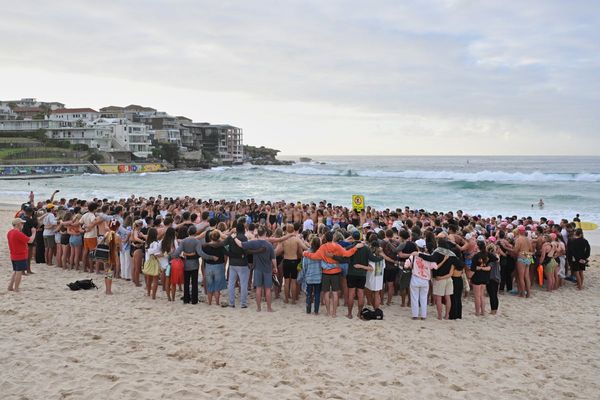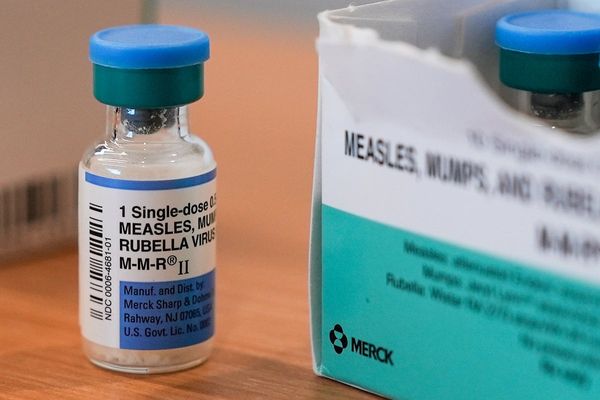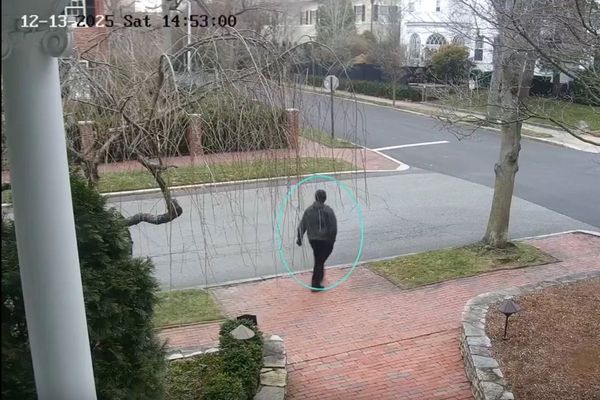
The European Space Agency (ESA) has formally embarked on a mission to search for gravitational waves from space.
The Lisa (laser interferometer space antenna mission) will use three spacecraft to detect these minute ripples in the fabric of spacetime. The spacecraft will be stationed millions of kilometres apart in space, and linked via laser beams.
Gravitational waves propagate outwards from any accelerating object, but they are so small that only the collision of truly massive things like large black holes are capable of producing signals big enough to be detected at present.
The first gravitational wave detection, by the ground-based Ligo instrument in the US, was announced on 11 February 2016. It was created by the collision of two black holes, each containing around 30 times the Sun’s mass. Yet it produced a ripple only one thousandth the width of an atomic nucleus of hydrogen.
In space, Lisa will be sensitive to different frequencies of gravitational waves and so should be able to detect the merger of much larger, more distant black holes. This will reveal the way in which galaxies like our own formed in the early universe.
The technology needed to build Lisa has been partly demonstrated by ESA with the mission Lisa-Pathfinder. Launched in December 2015, this single spacecraft showed that the measurement precision needed for the full Lisa mission could be achieved in orbit.
Lisa is cost-capped at €1.05bn (£0.9bn) and is scheduled to be launched in the mid-2030s. ESA also formally approved its planet-finding mission, Plato, this week. It will now move from blueprint to construction, and will launch in 2026.







